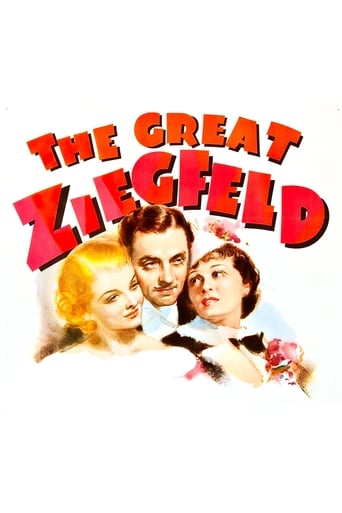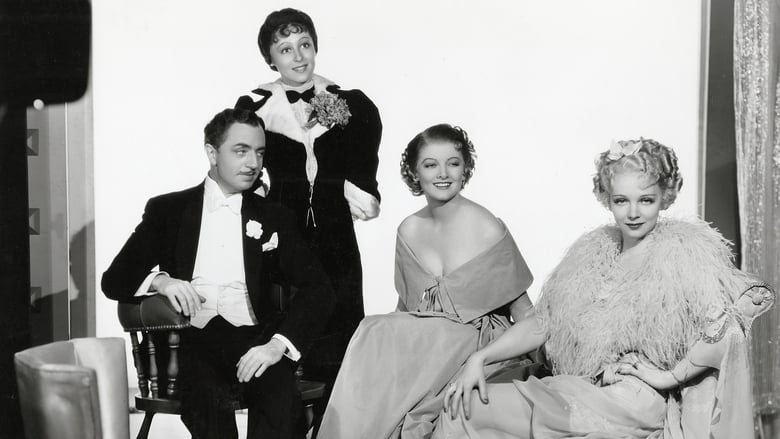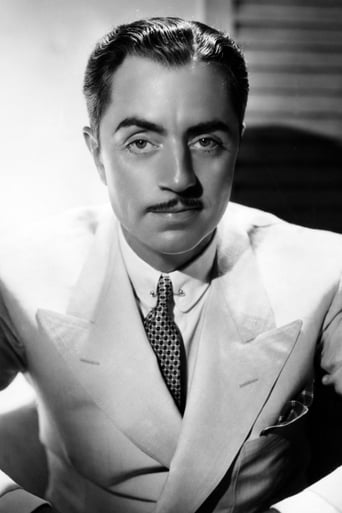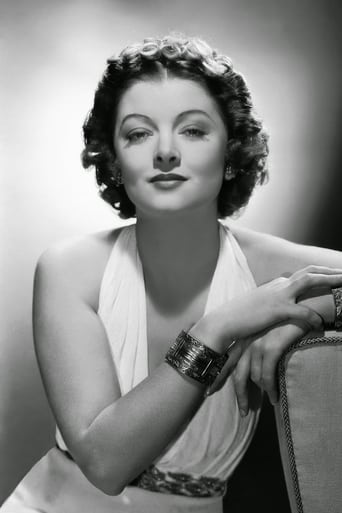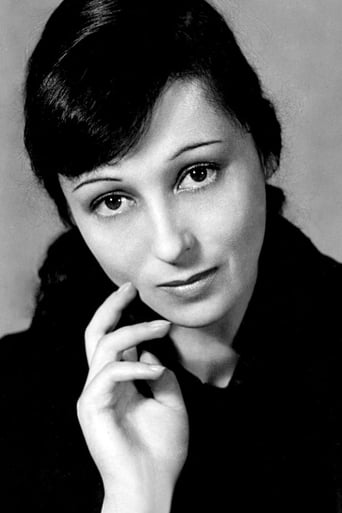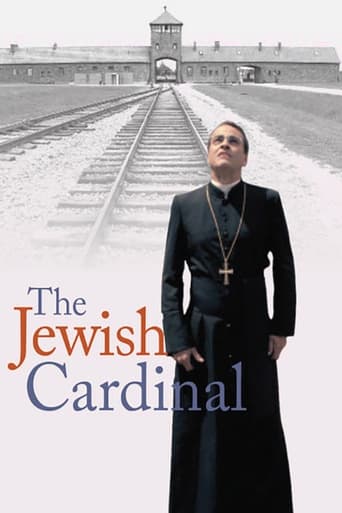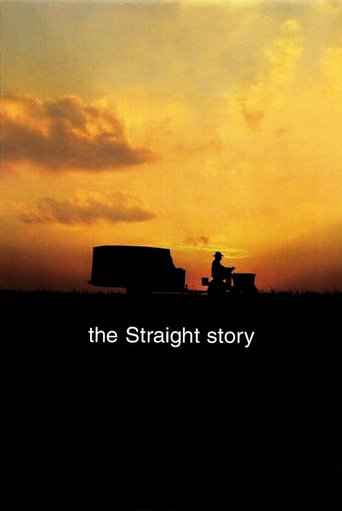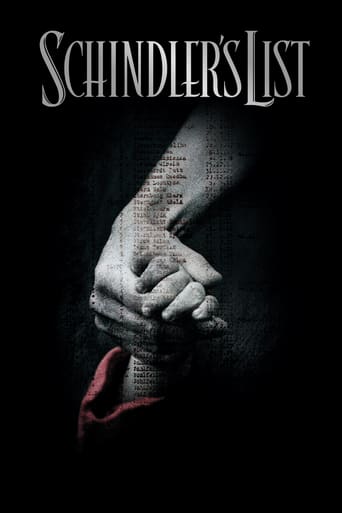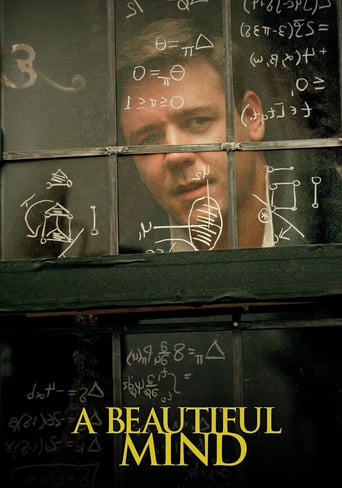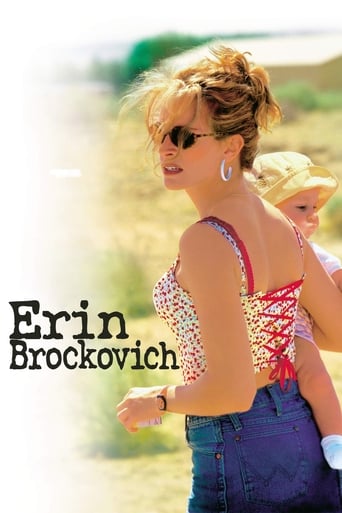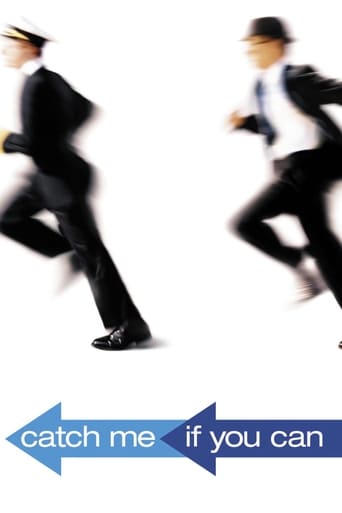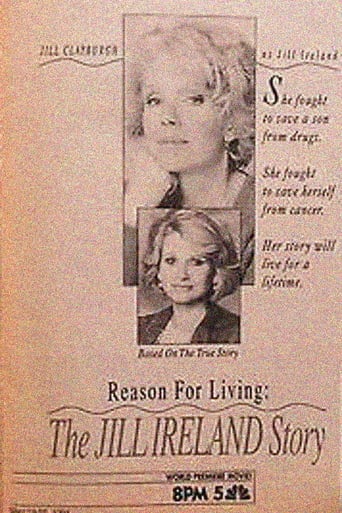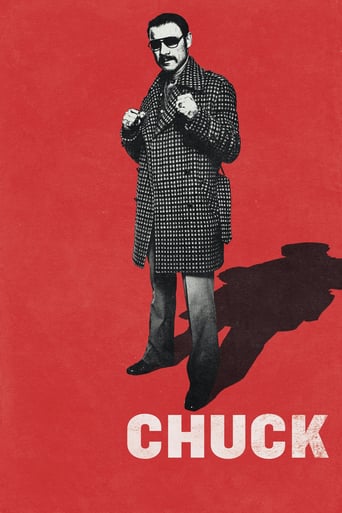The Great Ziegfeld (1936)
Lavish biography of Flo Ziegfeld, the producer who became Broadway's biggest starmaker.
Watch Trailer
Cast


Similar titles
Reviews
Touches You
So much average
Simply Perfect
It is an exhilarating, distressing, funny and profound film, with one of the more memorable film scores in years,
It will be harder for us in the 21st century to take a movie like "The Great Ziegfeld" seriously due to its over-the-top pomp and the occasional politically incorrect material (and a scene that comes across as pedophilic). I guess that Florenz Ziegfeld was more recognizable to audiences in the 1930s (or they wanted an escape from the Depression). Nonetheless, the movie does show how Flo was determined to make a name for himself in entertainment and did whatever he had to in order to become one of Broadway's biggest impresarios. Of course, I don't know how accurate the movie is.Probably the most famous scene is during the "Pretty Girl Is Like a Melody" number, as a spiral staircase gets slowly revealed, with people in all sorts of fancy outfits. The 1930s version of sensory overload.So I'd say that it's nothing special, but worth seeing. Certainly not the sort of movie that would get made nowadays.As for the cast. William Powell and Myrna Loy were of course most famous for the Thin Man series. Co-stars Frank Morgan (Billings) and Ray Bolger (himself) played the Wizard and Scarecrow, respectively, in "The Wizard of Oz" (and Loy's character Billie Burke played Glinda). Mae Questel (Rosie) voiced Betty Boop and also played Woody Allen's character's mom in "New York Stories" and Aunt Bethany in "National Lampoon's Christmas Vacation". Fanny Brice was of course the subject of "Funny Girl".
Copyright 19 April 1936 by Metro-Goldwyn-Mayer Corp. A Robert Z. Leonard production. New York opening at the Astor, 8 April 1936. Australian release: 7 October 1936. 20 reels. 180 minutes.COMMENT: Come late! — that's my advice. In fact, come an hour late. The story surrounding the musical numbers is the most dreary sludge ever churned out by a Hollywood hack, while the dialogue is easily the most tedious, banal, repetitious chatter we have ever been forced to sit through in a major studio production. When the musical numbers do come on — a whole hour in — and we see no less than six all at once — our spirits start to lift. True, the music is poorly arranged, and the first number, "If You Knew Susie", disappointingly pedestrian in both singing and staging; but then the eye-popping spectacular "Melody" is unveiled — quite dwarfing the next four items, though they are pleasing enough in themselves. The rest of the movie is naturally an anti-climax, though a darn sight more entertaining than that first dreary hour!As usual, Luise Rainer is a positive pain in the duodenum, but the rest of the players do an excellent job — especially considering they are likewise handicapped by the banal dialogue. They don't revel in it like Miss Rainer whose mouth slobbers into clichés with an abandonment that borders on indecent. Perhaps her knowledge of English is poor and she doesn't realize what utter garbage she is chewing into with such relish, but the director should have stopped her, or at least put her wise. But then she wouldn't have won that Academy Award, would she? Interesting that a performance so highly prized in its day is now regarded by almost everyone as utterly worthless and ridiculous. It's the sort of eye-rolling, voice-choked histrionics that give "old" movies their wholly undeserved bad name.Another problem which dates the film for modern audiences is that photographer Oliver Marsh chose to lens it in very soft focus, — a fashion that was already going out of style when The Great Ziegfeld was originally released.Fortunately, Leonard's direction has some effective moments, while the set designers and costumer have really excelled themselves.As already mentioned, the high point of the movie is the "Pretty Girl" number in which Gerstad pulls off one of the greatest camera tricks in all cinema history. The mind just boggles, your eyes stare out of your head in utter disbelief. When Dennis Morgan finishes the song and the camera cranes back and you realize the camera hasn't been standing still all the time but climbing up and up this fantastic pyramidal column, it's totally overwhelming. One of the most dazzling moments in movies! Sad that the rest of the picture isn't a tenth as colossal.
"The great Ziegfeld" is a wonderful golden age film. It's 3 hours long, but that only bothers me if the film is not absolutely great, which this one is. This film was made in 1935 and it's based on the life of Florenz Zeigfeld. We see the story of his life from his beginnings at the 1893 Chicago fair to his falling days after the 1929 market crash. The Zeidfeld name got started with the Zeigfeld follies, which started in 1907 and ran annually until 1931. Zeigfeld also helped start the birth of the great musicals which began on stage at the very start of the 20th century and eventually led to the great musical films of the 30s and 40s. Ziegfeld's musical stage numbers were wonderful.His beginnings at the 1893 fair, while constantly battling with his rival Jack Billings (how's business, Ziggy?), he discovered Sandow the strong man (I like how women would faint after feeling Sandow's muscles). His career took off from there. He then met Anna Held, who began performing for him. Zeidfeld and Anna had a love/hate relationship, the love part led to their marriage. The marriage turned stormy when Zeidfeld was always around his beautiful showgirls. Those showgirls were beautiful and their dance routines were wonderful with the spectacular sets, the girls's dazzling costumes, and the beautiful old time music. The shows also included the great Fanny Brice (Helga in "Everybody sing") and ol' rubber legged Ray Bolger (scarecrow in "Wizard of oz" and blacksmith in "Harvey girls", always showing his unique rubber legged dancing). My very favorite part of the film was Dennis Morgan singing "A pretty girl is like a melody" while I see this enormous mountain spiral staircase with many beautiful girls in different gorgeous attires. This whole scene almost felt like looking into heaven. The beautiful spiral stairway, the beautiful angel-like girls, the dark stary background sky, the slow ascending movement up the stairway with the beautiful heavenly girls on them, the beautiful heavenly music, and the most glamorous angel girl on top. This scene was ethereal. Then add the fact that most of those people there are most likely dead now in 2016, which makes watching it seem even more like entering heaven, since those girls on the stairs really are angels in heaven now and no longer on this earth today. I'd like to believe that that stairway, or something like it, really is heaven right above us right now. My second favorite song and number was the beautiful song "you're really looking beautiful tonight" with some gorgeous, beautiful girls in some wonderful dresses. There's just something about girls and music from the 20s, 30s, and 40s. Something wonderful.During the latter parts of Ziegfeld's life, he married Billy Burke (Myrna Loy). I'm not sure why Burke didn't play herself here, like Bulger and Brice. This film came out one year before both Burke and Brice starred together in "Everybody sing". Anyway, Loy was terrific with her emotions and her famous telephone scene with Anna Held. Anna's reactions were absolutely tearjerking. Amazing. The very latter parts of Ziegfeld's life are sad. He loses almost everything in the stock market crash. He became washed up, old, and there's a very poignant scene in a barber shop where Zeigfeld overhears the other men in there verbally bashing him, not knowing he's in there. In the last scene, Ziegfeld is sitting in his chair wishing, dreaming, wondering where it had all gone. We see pictures of beautiful Zeigfeld girls above his head. We're not sure if he's wishing the future, or picturing his past dreaming of what once was, and sadly would most likely never be again.
The Broadway legends total a great many, and fans argue over who was responsible for the transition of the old fashioned entertainments of the 19th century into what is now known as musical comedy. Certainly the many song writers of this time (George M Cohan, Irving Berlin, Jerome Kern, Rodgers and Hart, Cole Porter, George and Ira Gershwin) had some impact on the creation of the modern world of American musical theatre, but it really was one man who transform the New York theater into what remains to this day.Florenze was already a show man when he had the idea of taking his low class burlesque shows on to the mainstream on Broadway where operetta and serious dramas were the main source of entertainment. His Follies between 1907 and 1931 gave way too many elaborate imitators, but he did it first and according to legend, did it best.Ironically, it was one of the dream makers of Hollywood who saw the potential in Ziegfeld's story being taking to the screen. MGM Studios, under the run of Louis B. Mayer with his artistic partner Irving Thalberg, had the dream that MGM had more stars in the were in heaven, a theme that Ziegfeld may have felt. Ziegfeld himself had Will Rogers, Eddie Cantor, W.C. Fields and an all but now forgotten singer and dancer named Marilyn Miller as his leading lady. In the midst of all that, he found a funny looking Jewish girl named Fanny Brice and took her out of burlesque turning her into one of the most popular stars ever to cross the Broadway stage. Yes, that is the same Fanny Brice who was later portrayed by Barbra Streisand, so The Great Ziegfeld in a sense is a prequel to the classic stage and movie musical Funny Girl.But this is the Ziegfeld story, and to play him, MGM cast one of their top leading men, William Powell. It was too years after the success of The Thin Man so his leading lady, Myrna Loy, cast as Ziegfeld's second wife, Billie Burke. However, it is the actress playing his first wife, NFL, who got the attention and an Academy Award. That is Louise Rainer who had a brief run as a leading lady at MGM, winning to Academy Awards before leaving out of discontent. Rainer gives an excellent performance, although I debate her qualifications as leading actress for this film. Rainer is excellent in several things, particularly the one where after having discovering her husband's infidelity and later divorcing him, calls him to congratulate him about his second marriage.The bulk of the story focuses on his constant financial issues and this rivalry with fellow producer Frank Morgan who eventually becomes his closest supporter and keeps bailing him out. Then there are the musical numbers which would never fit on a Broadway stage. Still, these numbers are so elaborate and fantastic that I found myself tearing up in spite of having seen this a bunch of times. Of course, A Pretty Girl is Like a Melody is the most famous, but it's also difficult not to remember You Got to Pull Strings and You've Never Looked So Beautiful Before. In addition to Brice, Ray Bolger plays himself. An ironic moment has him telling Powell that he didn't have his heart in doing just props, an interesting look into the future when he turned down the opportunity to be the Tim Man and searched for a brain instead.The facts have been altered a little bit with Virginia Bruce's drunken chorus girl given a different name as well as the one based upon Marilyn Milker. Snippets of a few shows make it in bit you can't have everything. While this won the Oscar for Best Picture, I still think that Universal's Show Boat is better and practically flawless. Still, this is quite a triumph in its own way, and director Robert Z. Leonard would almost top it with a semi- sequel, Ziegfeld Girl that only mentions the great producer. Years later, Paul Henreid would play Ziegfeld in MGM's musical biography of Sigmund Romberg and Walter Pidgeon would argue with Streisand after she slipped a pillow into her costume in Funny Girl. Powell played Ziegfeld one more time, however, in 1945's elaborate version of what MGM thought the Follies would look like on screen.

